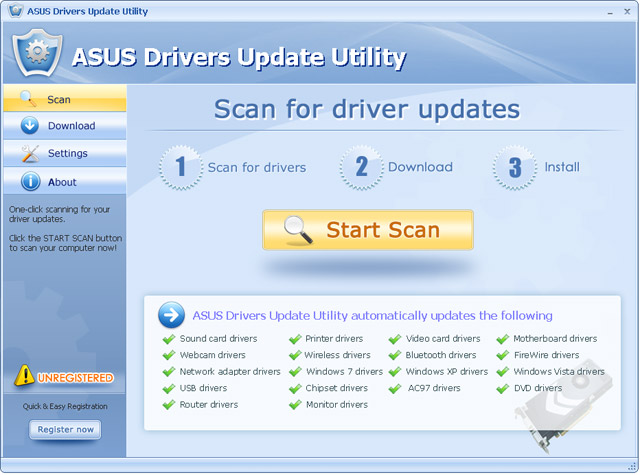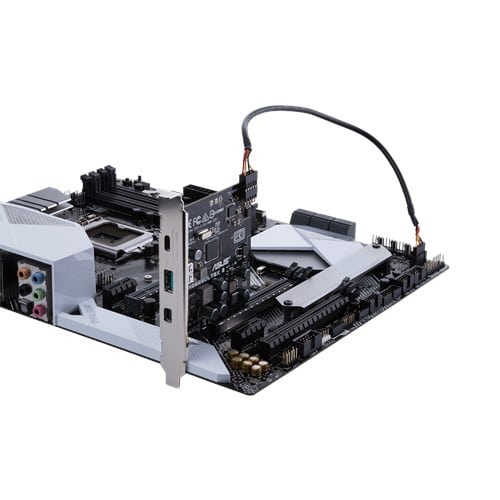
On mobile editions of Windows, such as Windows 10 Mobile, only drivers that are part of the operating system are loaded. Microsoft encourages you to use in-box drivers whenever possible. For information about INF sections, see Overview of INF Files. For examples, look through the INF files included with sample drivers and find devices similar to your device. If your device specifies class and subclass codes to 02, and you want to load another driver instead of Usbser.sys, you have to write an INF that specifies the hardware ID of the device and the driver to install.In this case, you might have to load your own driver or write an INF that references another in-box driver. If a suitable driver is not found, the device might not have a driver loaded. If your device specifies class code 02 but a subclass code value other than 02, Usbser.sys does not load automatically.With this approach, you are not required to distribute INF files for your device because the system uses Usbser.inf. For more information, see USB communications device class. If you want to load Usbser.sys automatically, set the class code to 02 and subclass code to 02 in the Device Descriptor.

The driver is loaded based on a compatible ID match similar to other USB device class drivers included in Windows. If your device belongs to the Communications and CDC Control device class, Usbser.sys is loaded automatically.You do not need to write your own INF to reference the driver. In Windows 10, a new INF, Usbser.inf, has been added to %Systemroot%\Inf that loads Usbser.sys as the function device object (FDO) in the device stack.

For the list of USB device class driver included in Windows, see USB device class drivers included in Windows. If they are not installed automatically, contact the device manufacturer.

#Usb driver controller drivers asus install#
If you trying to install a USB device class driver included in Windows, you do not need to download the driver.


 0 kommentar(er)
0 kommentar(er)
